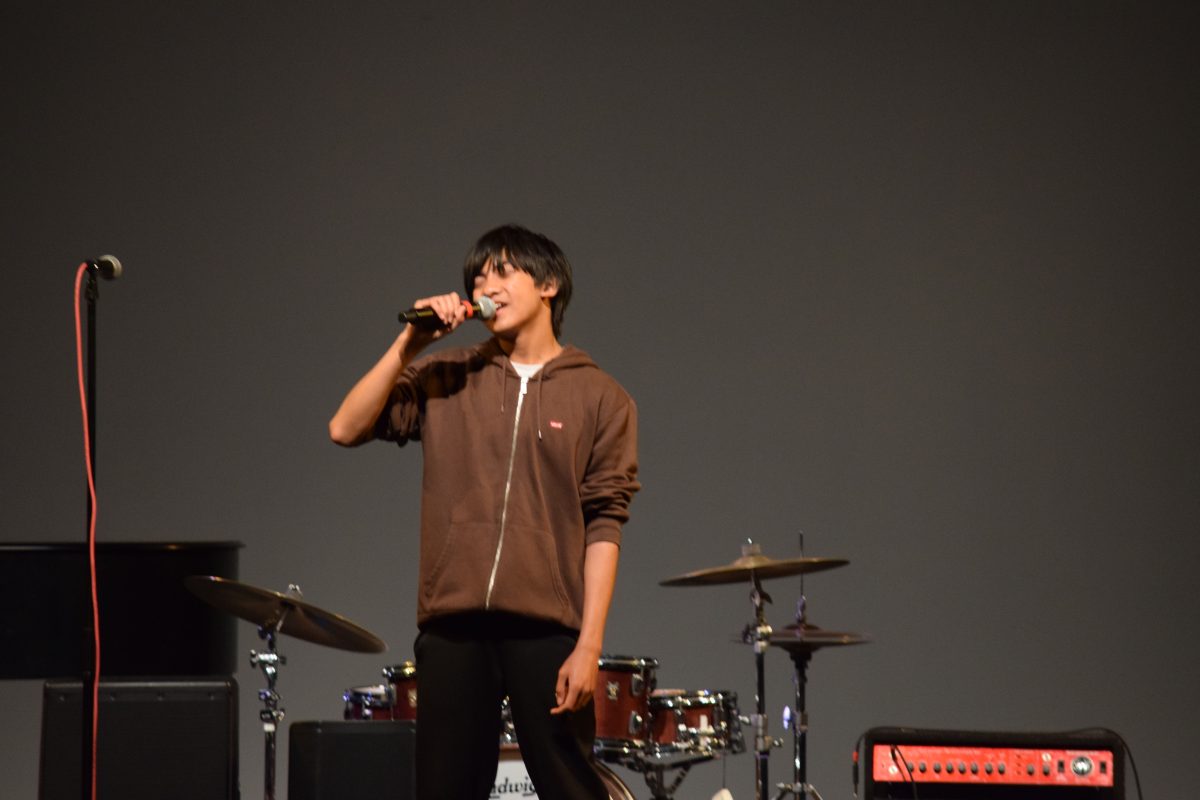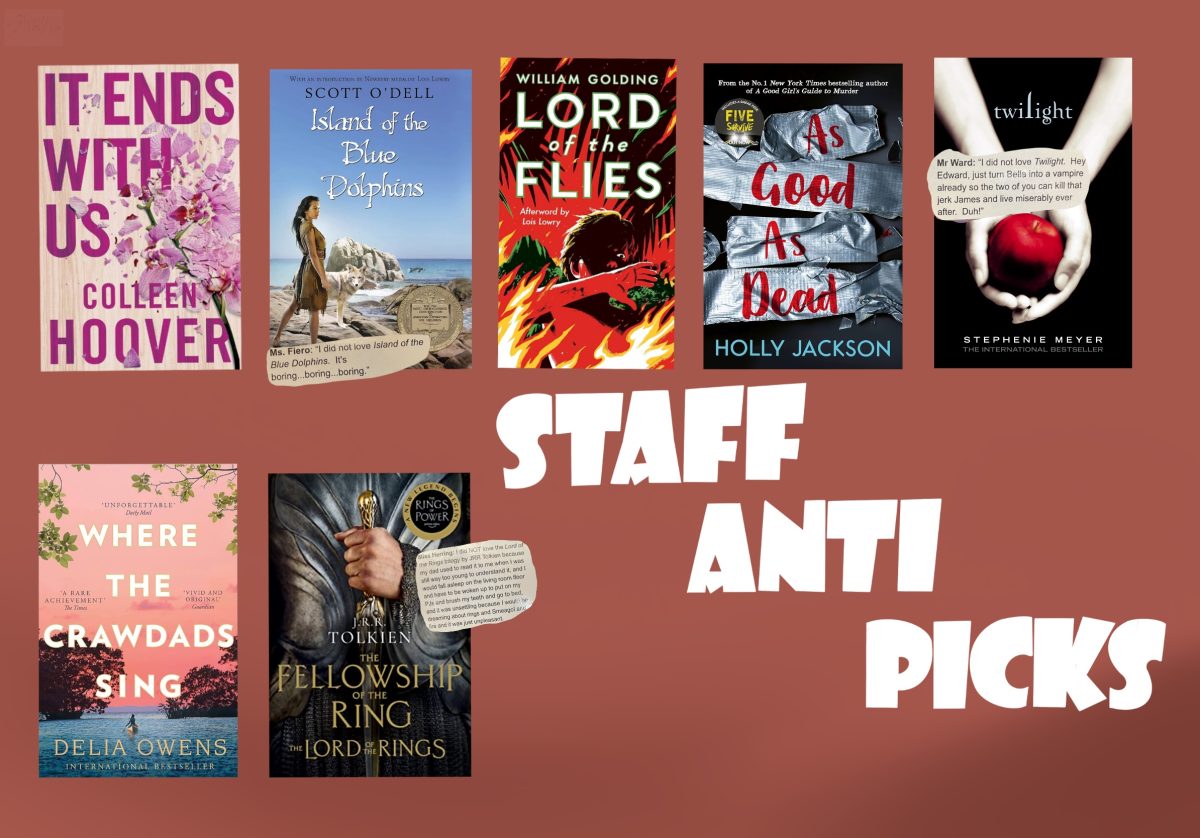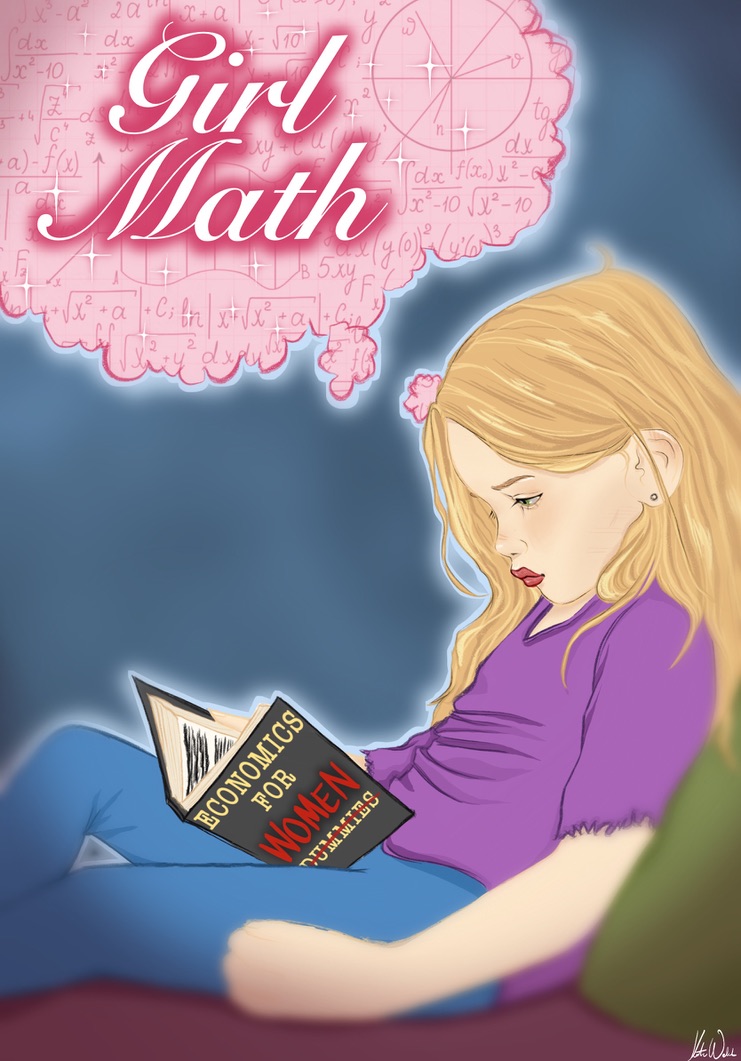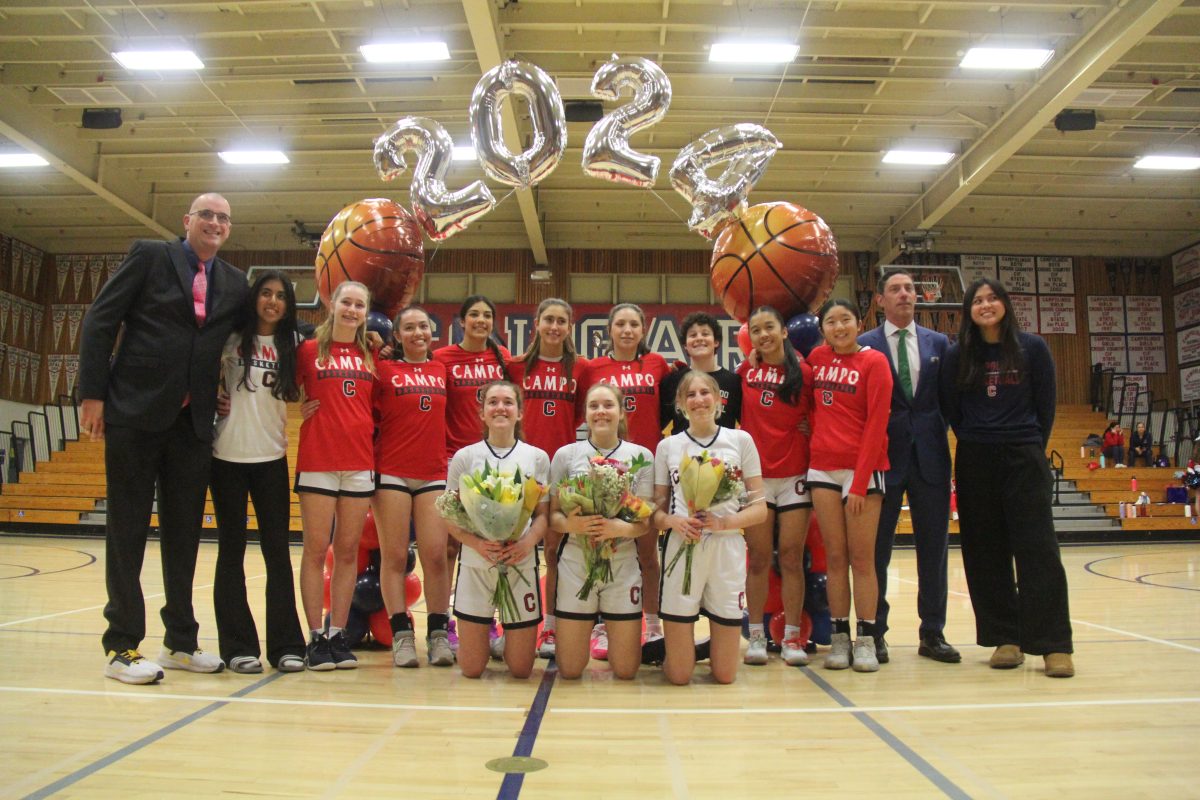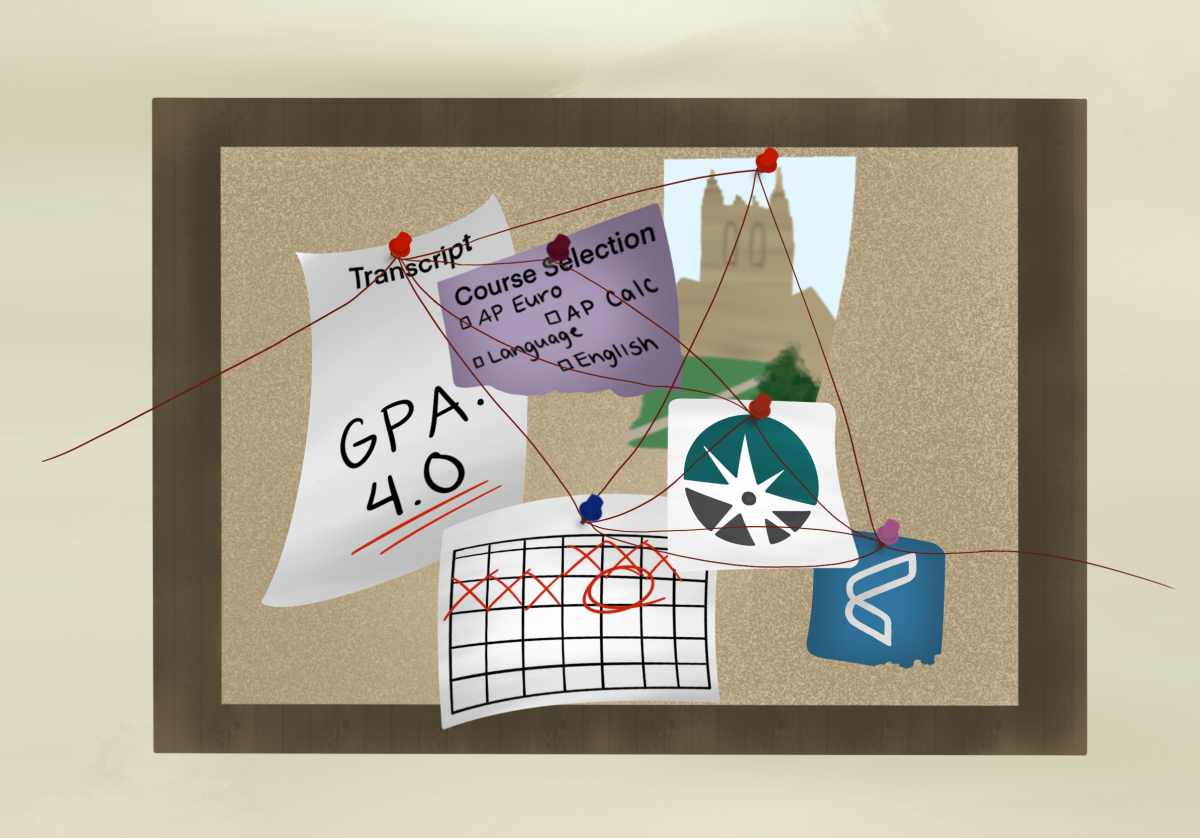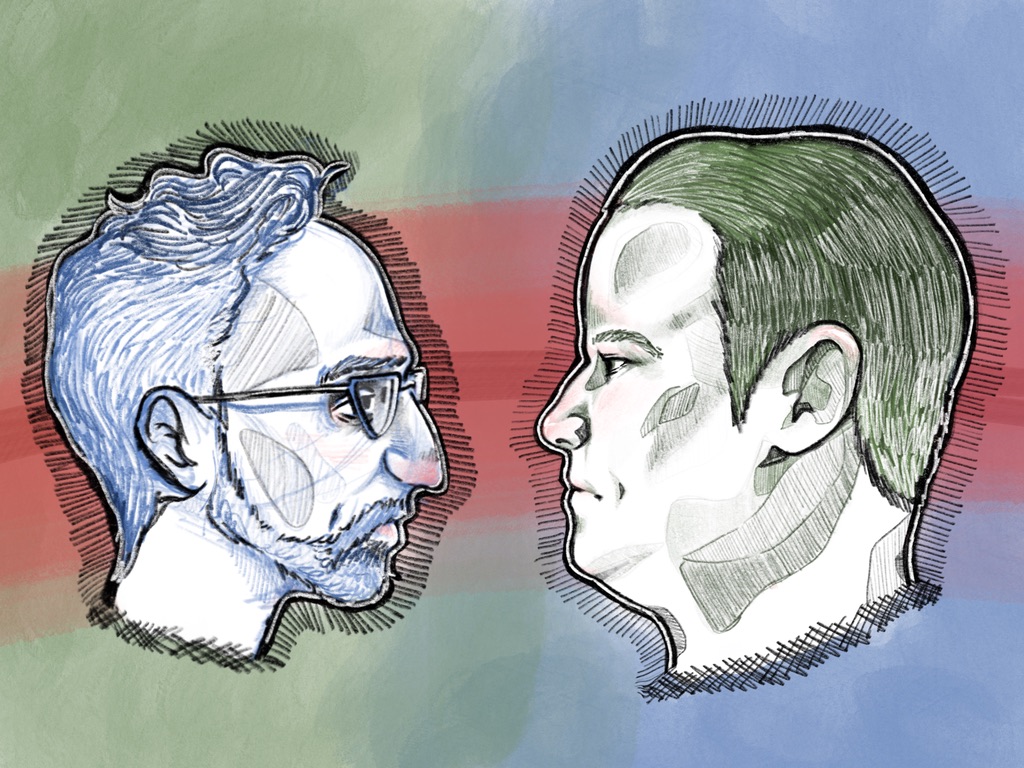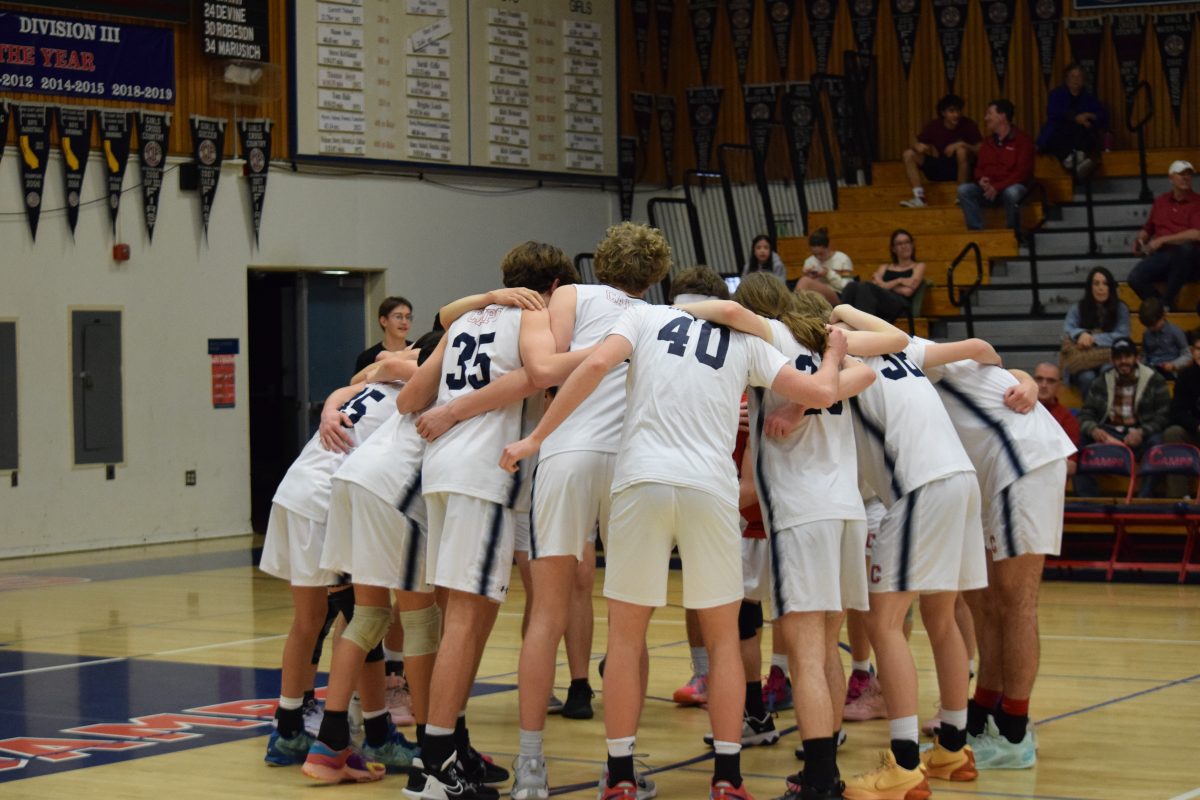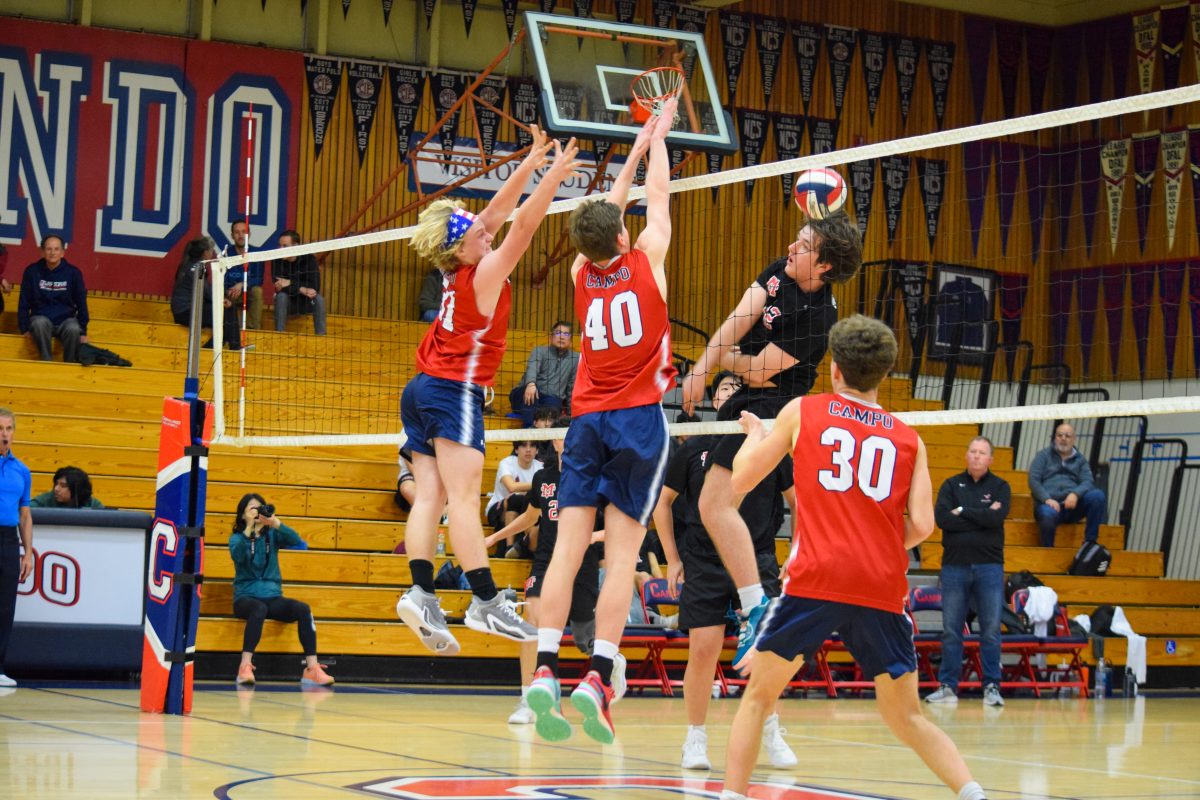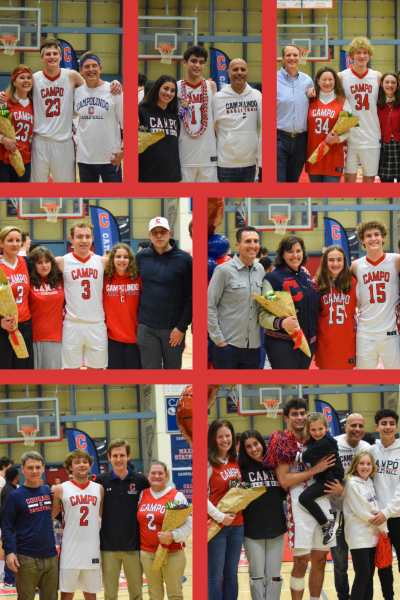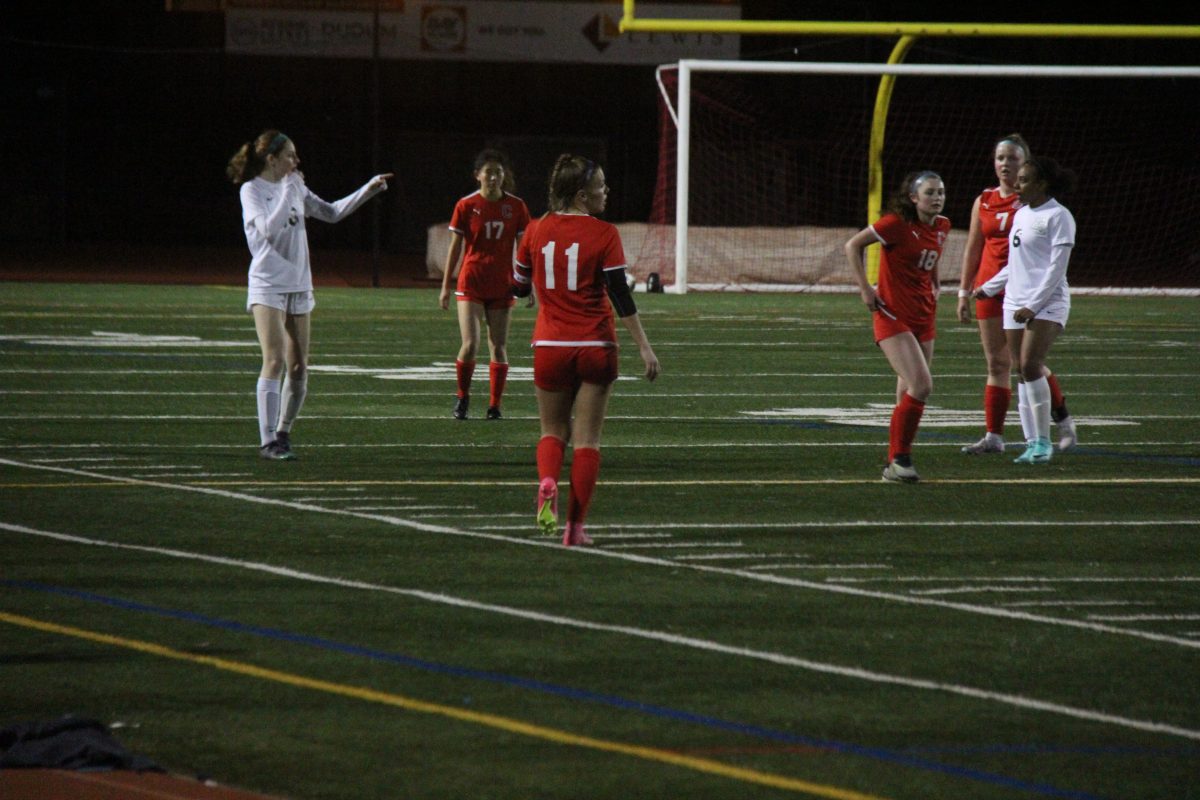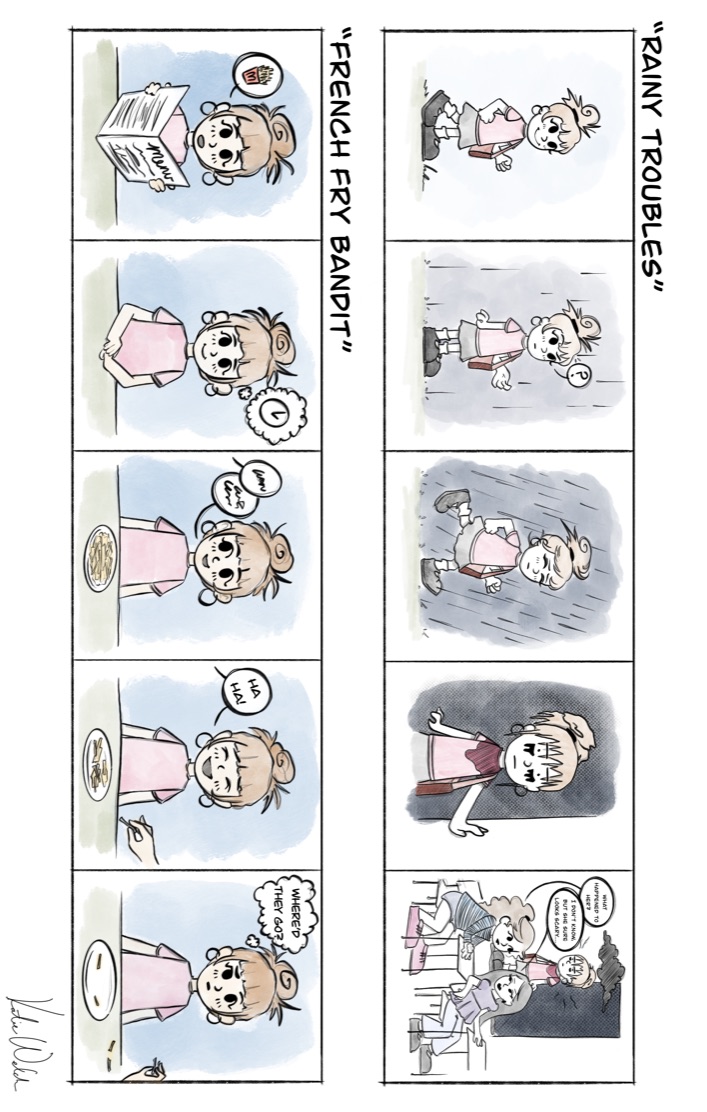Seniors in Government and AP Comparative Government classes participated in campaign simulations paralleling the current presidential election. Students were grouped according to political orientation and came up with platforms of their policies, ranging from plans for sustainable energy to education.
“It’s one of the most engaging simulations that we do. It’s pure democracy at it’s finest,” said Government teacher Caron Brownlee. AP Comparative Government teacher Dino Petrocco said, “The idea is to immerse students in the campaign process.”
Each political party is formed with specific offices: a president, vice president, treasurer, public relations director, and party ideologue. Throughout the campaign, each member has a specific role to contribute to the party. For example, the vice president is required to give a speech outlining the goals of the party while the treasurer creates a funding proposal for the party.
Senior Class President Justin Archangel ran as the president for his political party, the “Tomorrow Party.” Although Archangel has been through the school campaign for Senior Class President, he found differences in the simulation. “The elections [in AP Comparative Government] we have are different, because it’s much more structured and serious: it’s politics.” As president, Archangel was required to participate in a debate with his rival parties.
The simulation allowed students to uniquely engage in their campaigns. According to Senior Michael Lumley, students gained a deeper understanding about how campaigns are run. “I found this project interesting because it taught me a lot about the campaign process,” he said.
Senior Chase Ingersol shot a commercial for his party, the “Yin-Yang Party.” According to Ingersol, making the commercial was a memorable part of the simulation. “Since I follow politics, I found this project interesting and easy to keep up with,” he said.
